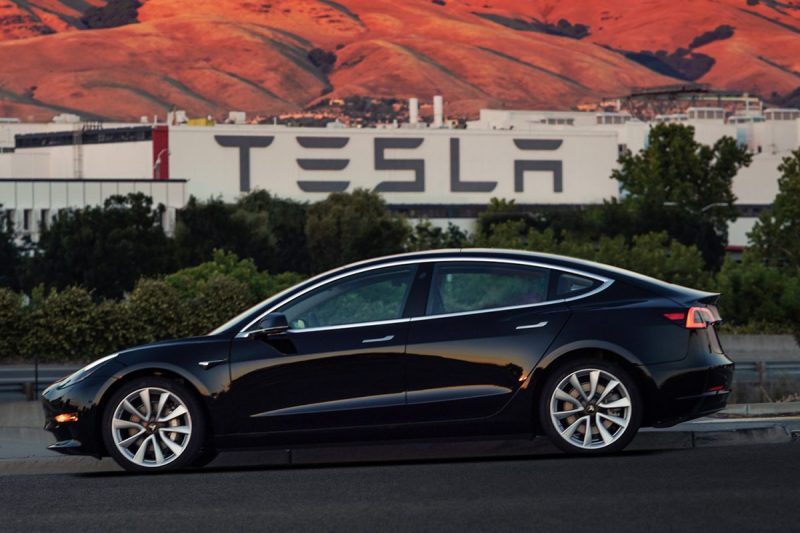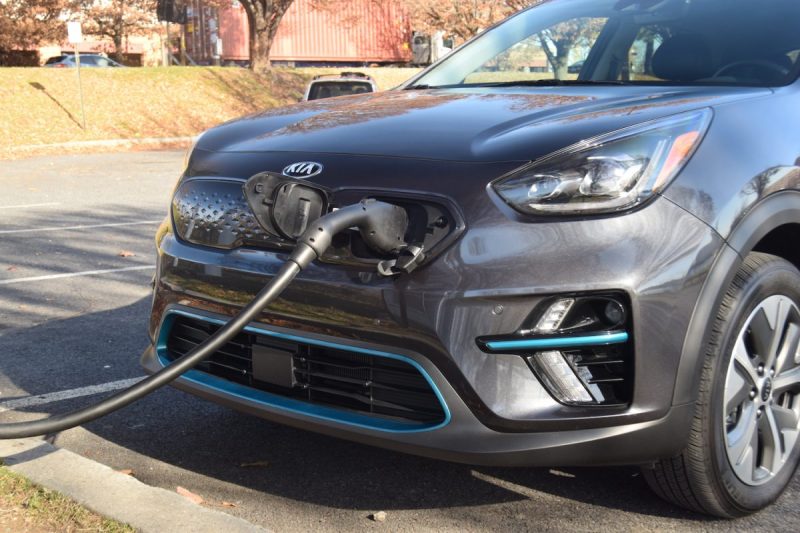With wicked hot weather driving high energy demand across California, the state’s electric grid operator, the California Independent System Operator Corporation, issued a Flex Alert at the end of August, requesting that residents volunteer to conserve stressed power centers. In addition to reduced appliance application, air conditioning deployment, and lighting use, this meant scaling back on charging electric vehicles.
This is just another reminder that climate change is coming for us all, even as more Ford, Mazda, VW, and Tesla electric cars amass toward a more sustainable transportation system. While EVs can help to reduce carbon emissions and scale society off of petrochemical dependence, they still require electricity to run.

It’s important to know then, how and when to cut back on energy usage, which includes charging electric vehicles. Citizens who freely chose to consciously cut back on power in response to government requests helped the West dodge potentially catastrophic consequences. This, along with California’s decades-long pivot to a more well-integrated regional transmission grid progress toward more sustainable energy via renewable sources and battery storage helped to avoid calamitous large-scale power outages, according to the Natural Resources Defense Council.
The NRDC also gives large credit to grid operators who “overcame more than a week of relentless record-breaking heat that stretched from Los Angeles to Denver.” This likely won’t be the last time CAISO asks people to scale down and scale back electric vehicle recharging. Here’s how and why EV owners can participate in saving the planet and their ride.
Charging less adds more life

According to Autotrader, the less that owners charge EV batteries, the more life they save their car’s battery. Advancements in the lithium-ion battery packs that juice EVs quicker may encourage repeated charges, but each one of these plug-in’s causes the battery to degrade further. Whether adding 7% or 77% juice, each charging cycle stresses lithium-ion batteries. Logically then, decreasing these cycles can help reduce the degradation of battery capacity.
Be aware of the distance to the destination
Owners familiar with their EV’s battery range (the number of miles that can be traveled on a particular percentage) can determine when and how often they need to plug in. The United States Department of Transportation Federal Highway Administration, for example, found that drivers tally about 14,300 annual miles, which breaks down to around 275 miles each week. With tens of millions of drivers on the road, this is obviously a broad estimate. The point is that 275 miles is about the top end of most current EV ranges. Commuters putting any less than that on EVs might have to only charge once a week.
Avoid 0% and 100%
A 2020 University of Michigan study elicited “Tips for extending the lifetime of lithium-ion batteries.” Among these, the U of M Center for Sustainable Systems found that minimizing the amount of time at 100% or 0% battery charge extends battery life. Similar to cell phones, extremely high and low juice levels stress batteries, so EV owners should try and maintain a charge between 20% and 80% life.
At the end of the day, the temptation is to plug in electric vehicles parked for the night, especially when parking in a garage with electric access. As EVs become more prevalent in the U.S. (like they are in California), citizens can contribute en masse to saving energy and, by extension, ensuring a longer life for their car, by simply being conscientious about when and how often they need to charge their electric cars. As we can see with a recent crisis narrowly averted in the American West, this is not in hopes of achieving a distant goal. Climate change conditions are here to stay and it is up to the collective action of populations in participation with governments to successfully navigate catastrophic potential consequences.



